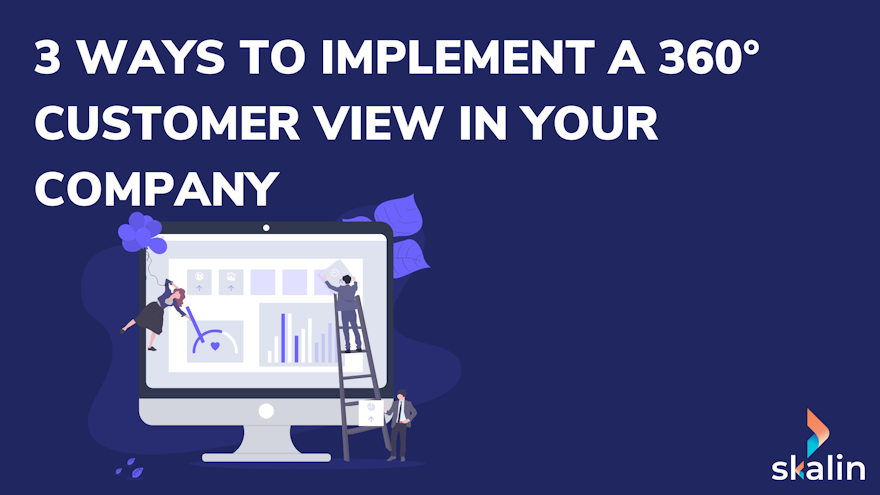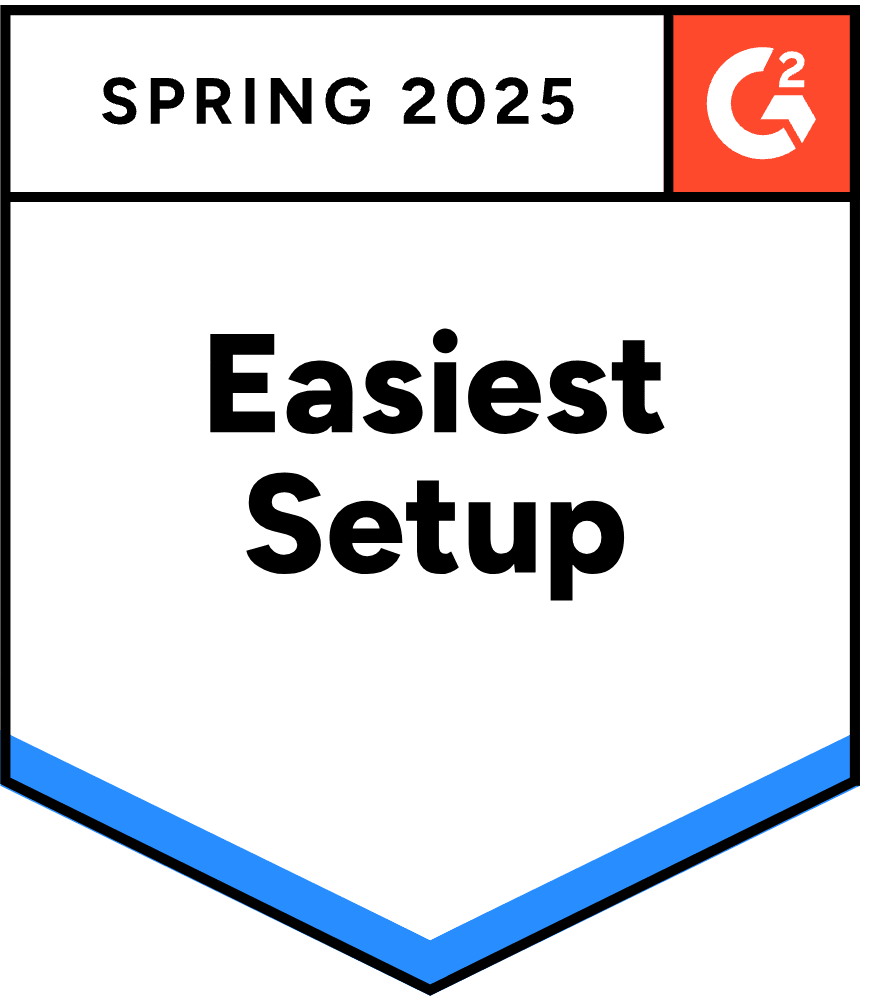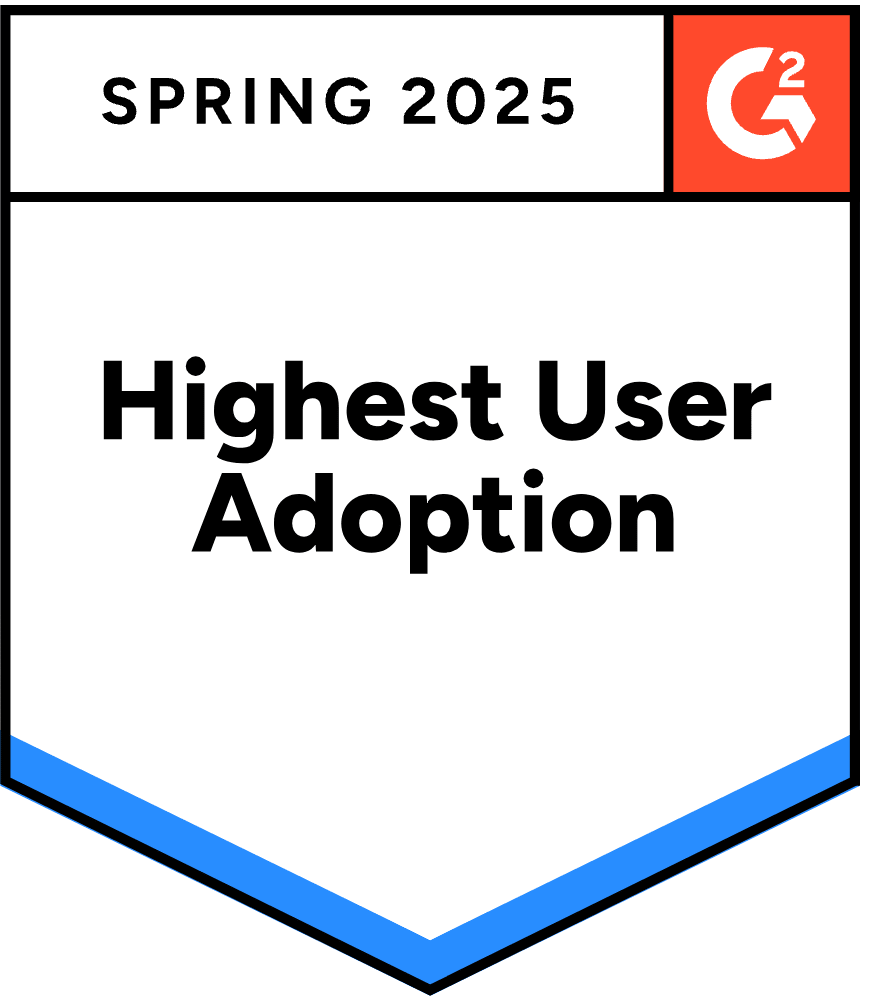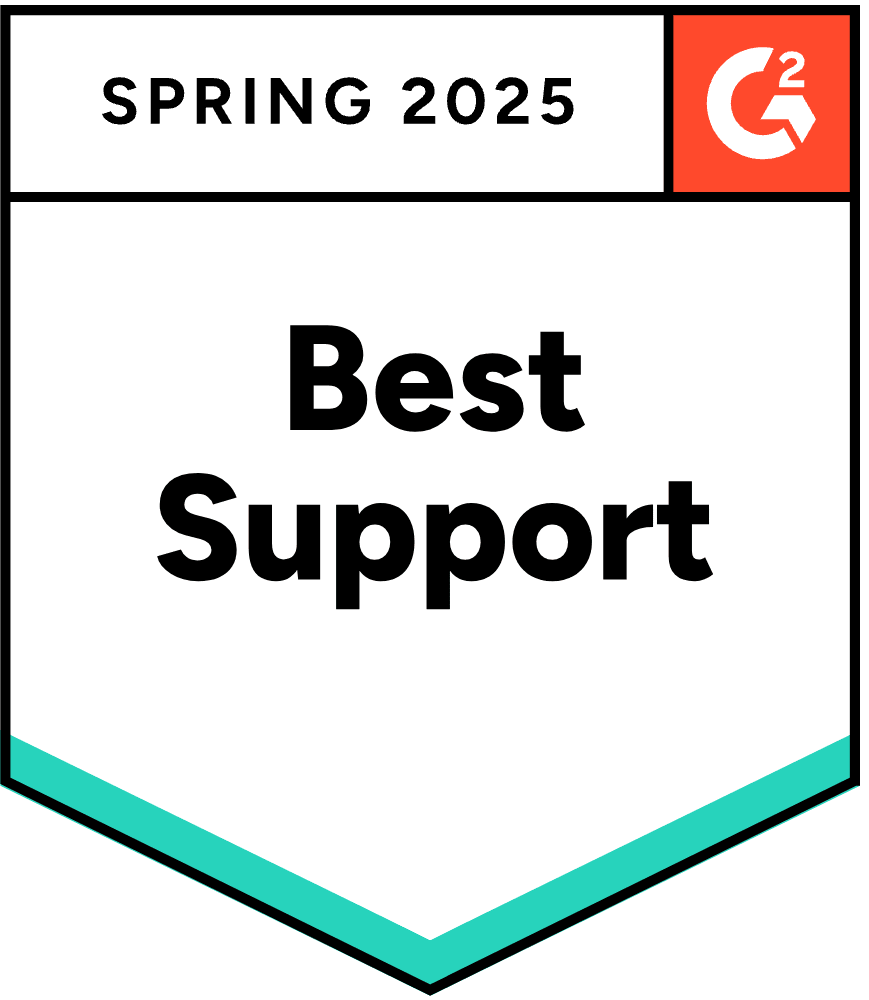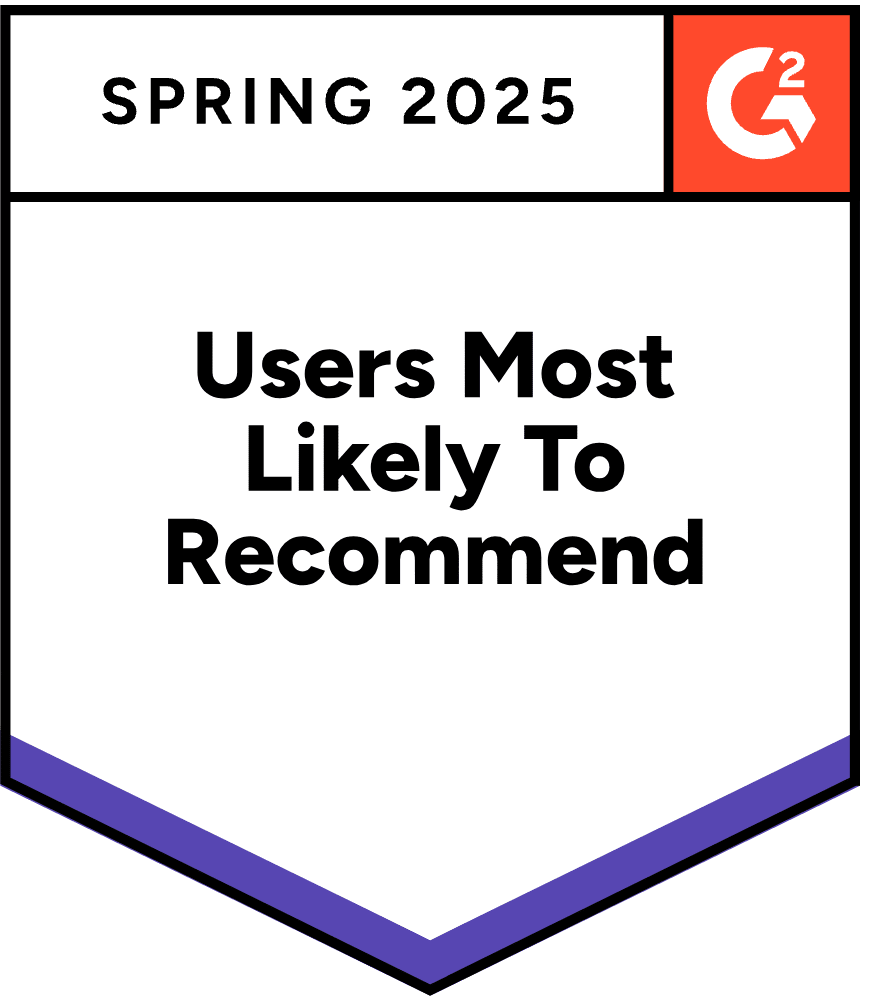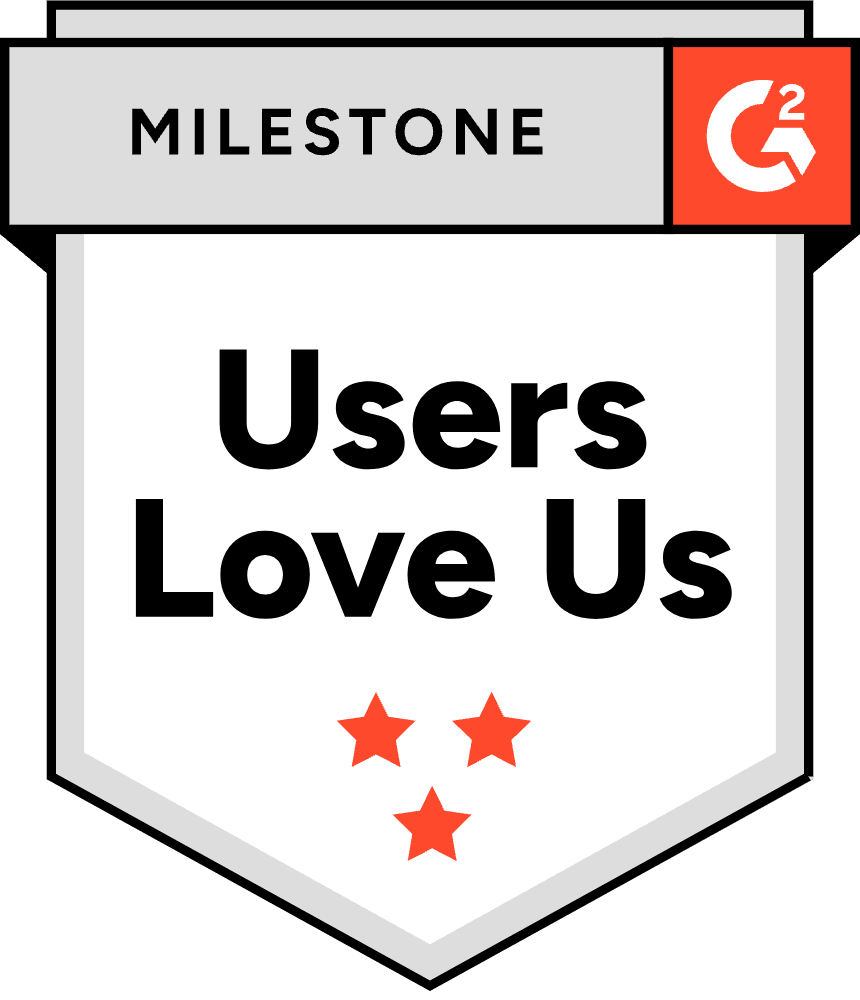It's decided: you want to centralise all your customer data in one single tool. The question now is "How?". There are three main approaches: the first is to enhance the existing CRM, the second is to build your own tools, and the third is to subscribe to a specific SaaS solution. Let's take a look at the pros and cons of each option!
Boost your CRM... if you have the means
This is often the first option considered. The most logical solution after all: a CRM is by definition supposed to be a "customer relationship management" tool.
Let's be clear: here in Skalin we have nothing against CRMs and, between us, we even use one (drum roll)! We are convinced that they are very good tools when it comes to managing leads in a funnel and increasing sales performance. But natively, these tools do not allow you to manage the basics of customer relations when you have a business-model based on recurrence.
The market leaders offer extremely powerful, highly disengageable and customizable platforms. But this comes at a cost. License costs, of course, but also integration costs. To have a real internal appropriation, and so that the tools correspond perfectly to the need, specific know-how is necessary. It's a bit like Excel: everyone knows how to do a simple formula, but only a minority really knows how to use it. Either you have to outsource and go through an integrator, or you have to bring in a resource almost dedicated to the subject. This approach is therefore often better suited to large publishers.
Moreover, the figures speak for themselves: it's only beyond 100 employees that we find both a strong adoption of CRM by the Customer Success teams, and a correct satisfaction score. In other words, when publishers have the capacity to allocate resources to truly adapt their CRM to their needs.
Once this barrier has been removed, there are still two things that are very complex to implement in a CRM: the centralization of your platform's usage data (customer connections, proportion of active users per account, feature adoption, etc.) and the implementation of a customer health score calculated on the basis of all this data.
Build your own tools... if you can spare the resources
Building a tool in-house can be a relevant choice. On paper, it's the assurance of having a tool perfectly adapted to your needs, and the possibility to take into account more metrics, specific to your business. More than any other tool can offer, since the tool is built for you.
You're a SaaS publisher, so there is no doubt that your technical teams have the skills to do so. The real question is: do they have the time? This is a real trade-off because when your developers focus on building a non-essential business tool, they aren't developing or improving your platform, the one your customers need and use. But there is a Product Roadmap pending!
The main pitfall of this type of project is therefore often to be treated as a secondary project, subject to the vagaries of planning. It's common for this type of project to be interrupted before completion, "once the main part has been delivered". Sometimes it's difficult to bring such a project to fruition, usually it's difficult to make it evolve afterwards. So if you are going to do this, take the time to specify all your requirements and expected screens and make sure it's completed.
But keep in mind that this creates a dependency between the business and technical teams, whose fundamental objectives are different.
Get a "Customer Success Platform": for everyone else!
For all publishers who wish to implement a Customer Success strategy without deploying colossal resources, choosing a specialized SaaS solution can be a wise decision. This is the guarantee of providing a rapid response to a specific need.
These platforms are coupled with your existing ecosystem. They allow you to centralize all your customer data, set up a health score, identify alerts, anticipate contracts' renewals, etc. These are all subjects specific to SaaS that are very complicated to address with traditional CRMs.
Conclusion: unless you have ultra-specific business needs, this is probably the most rational approach to centralize your data and put your customers at the heart of your strategy.

